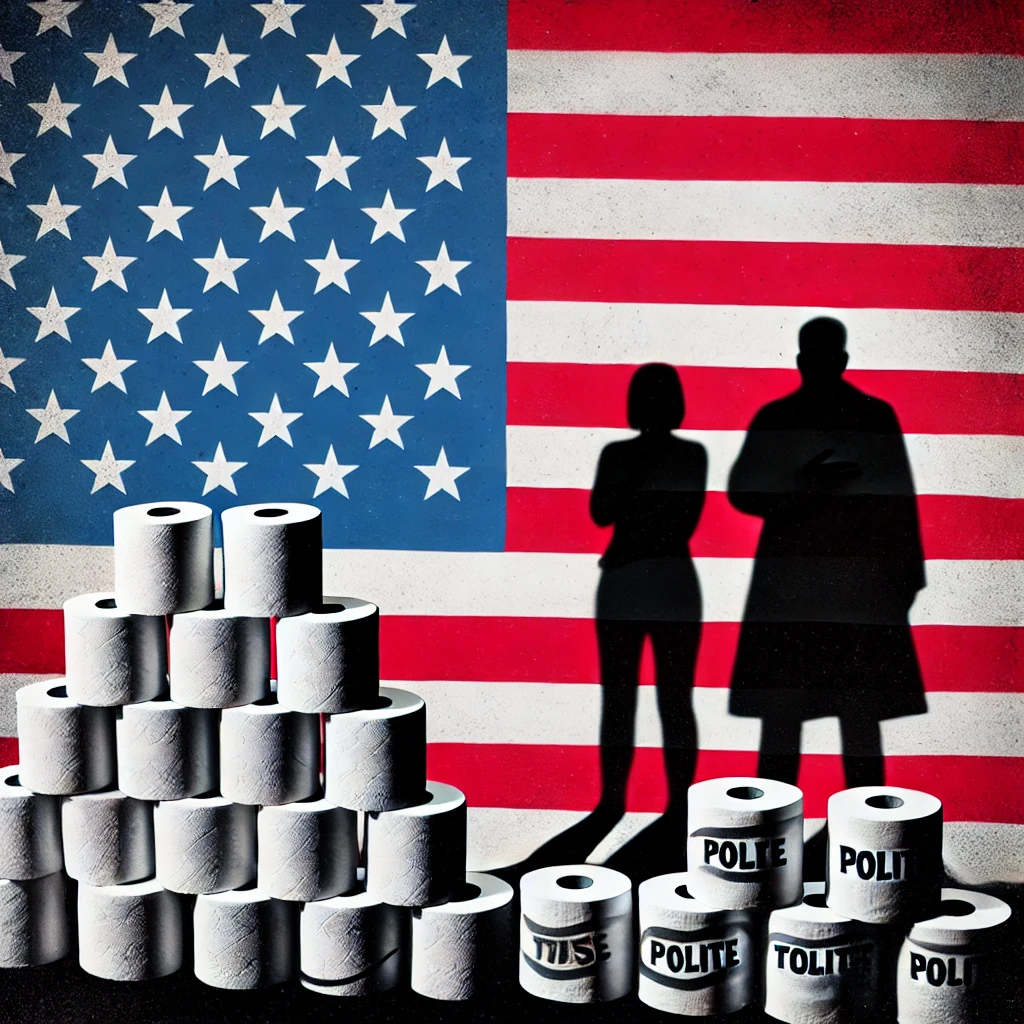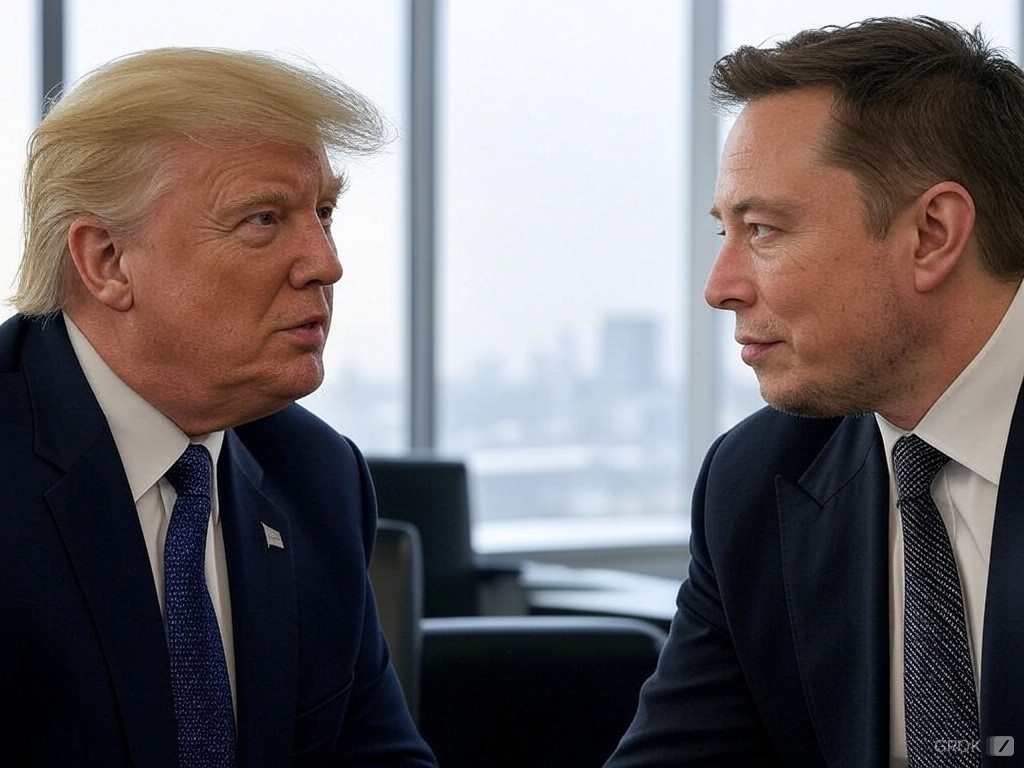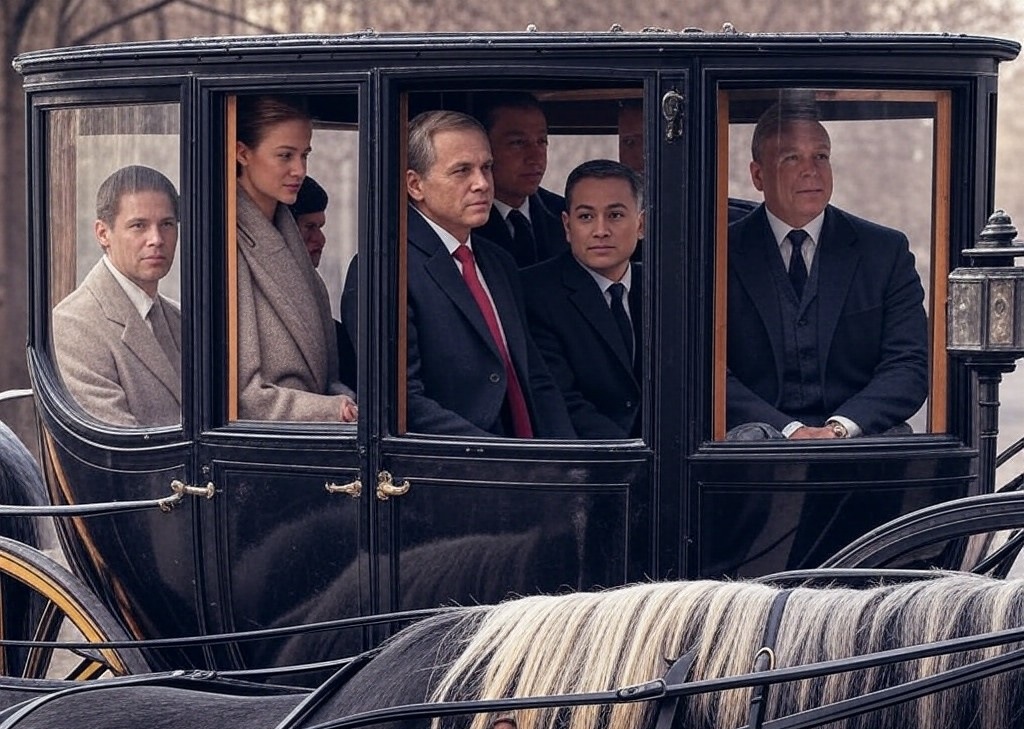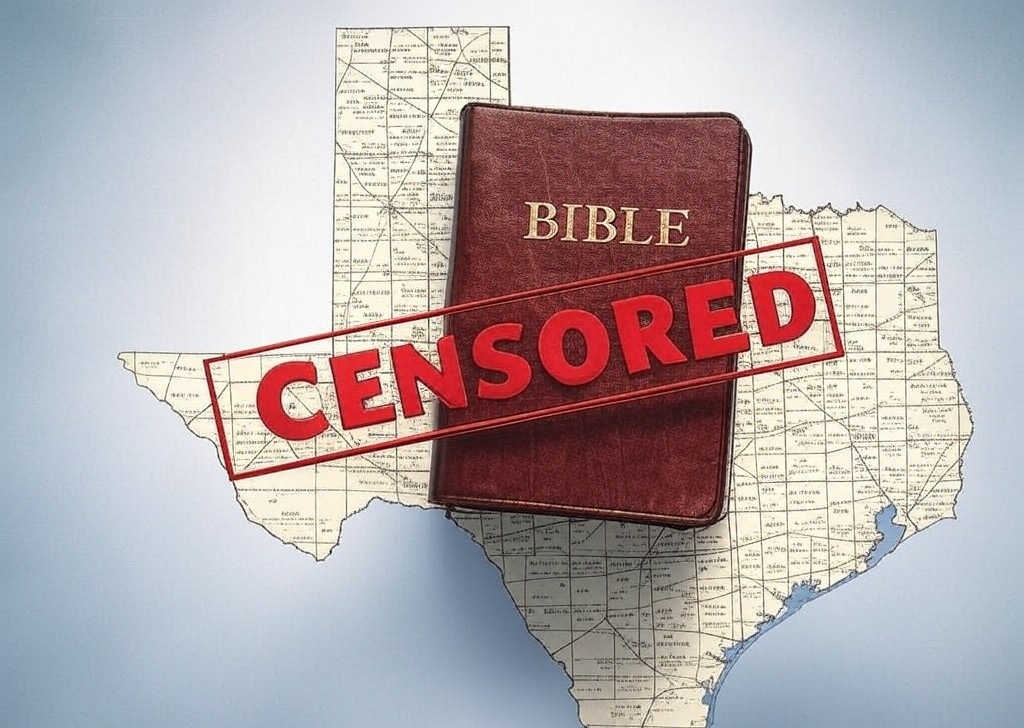The way our political system works, with just two major parties, doesn’t offer voters real choices. It feels more like a tug-of-war where the only options are to pull one side closer or let the other side win. Instead of encouraging fresh ideas and genuine competition, this setup narrows the field to a few candidates that big donors and lobbyists can easily influence. For many, it creates a sense that their voice doesn’t truly matter.
When one party falters or enacts unpopular policies, voters often switch to the other party, hoping for something better. But this usually leads to the same cycle of disappointment. Policies are constantly reversed or undone, creating a teeter-totter effect where neither side stays balanced long enough to make meaningful progress.
In a country built on the ideals of competition and innovation, it’s surprising how little those values are reflected in our political system. Walk into any grocery store, and you’ll see endless choices for something as basic as toilet paper—different brands, textures, scents, and ply. Yet, when it comes to electing a president, voters are realistically given only two options. For a nation that prides itself on offering choice in nearly every aspect of life, this lack of diversity in leadership is striking.
History shows how political power often stays within a small group of elite families. John Adams and his son John Quincy Adams were two of the nation’s earliest presidents. The Roosevelts—Theodore and Franklin, distant cousins—highlighted how family connections influenced leadership. More recently, the Bush family produced both George H.W. Bush and his son George W. Bush as presidents. The Kennedys built a political dynasty with John F. Kennedy’s presidency, followed by his brothers Robert and Ted holding significant political roles. The Clintons further demonstrate how influence can span generations, with Hillary Clinton rising to prominence after her husband’s presidency.
When unforeseen events like wars, economic crashes, pandemics, or climate disasters arise, the two-party system reveals its weaknesses. Instead of working together to address crises, the party in power is often blamed, giving the opposition an easy path to gain control. This blame game allows both parties to sidestep accountability for long-term solutions, perpetuating a cycle of finger-pointing rather than addressing the root causes of challenges.
This cycle is also evident in policies that remain unresolved for decades. For instance, the United States is the only industrialized country without a national health care system. Other wealthy nations have found ways to provide universal health care, yet here, the issue remains a political football. Instead of addressing it head-on, parties use it to rally their base without enacting meaningful change. As a result, millions of Americans struggle with access to basic care, while other countries treat health care as a right, not a privilege.
One way to create a more representative and effective system is by adopting ranked-choice voting. This approach allows voters to rank candidates in order of preference, opening the door for more voices to be heard. It creates opportunities for third parties and independent candidates to compete without being labeled as “spoilers.” Ranked-choice voting also encourages coalition-building and ensures winning candidates have broader support, rather than relying on narrow margins.
Critics of ranked-choice voting often argue that it’s too complicated for voters to understand, but this doesn’t hold up under scrutiny. Imagine claiming that the many varieties of toilet paper in a store confuse shoppers—this is essentially the argument against ranked-choice voting. Many countries and cities worldwide use ranked-choice voting successfully, including Australia and Ireland, where voters have adapted without issue. In the U.S., cities like San Francisco and New York City have implemented the system with minimal confusion. Ballots are straightforward, allowing voters to rank their preferences instead of selecting just one candidate. Studies consistently show that voter understanding and participation remain strong, debunking the myth that ranked-choice voting is too complex for the average person.
By rethinking how leaders are chosen, the United States could break free from the two-party system and encourage new political movements that represent a wider range of perspectives. Countries with more than two parties often see collaboration across different viewpoints, leading to more balanced policies and greater accountability. It’s time to demand a system that reflects the values of competition and innovation this nation holds dear while fostering leadership that addresses the needs of everyone—not just the privileged few. Personally, I’m tired of having to choose between scratchy and extra-scratchy toilet paper when it comes to politics, and I know I’m not alone.





